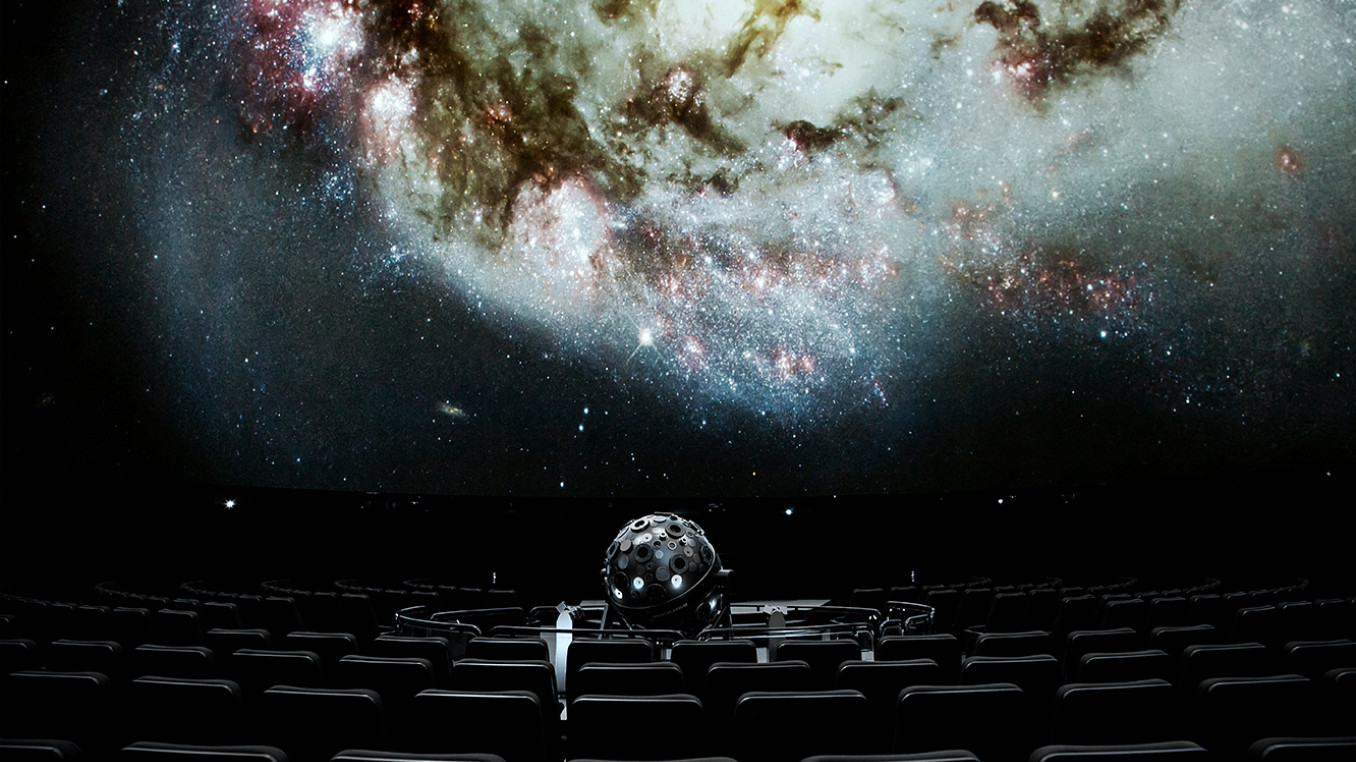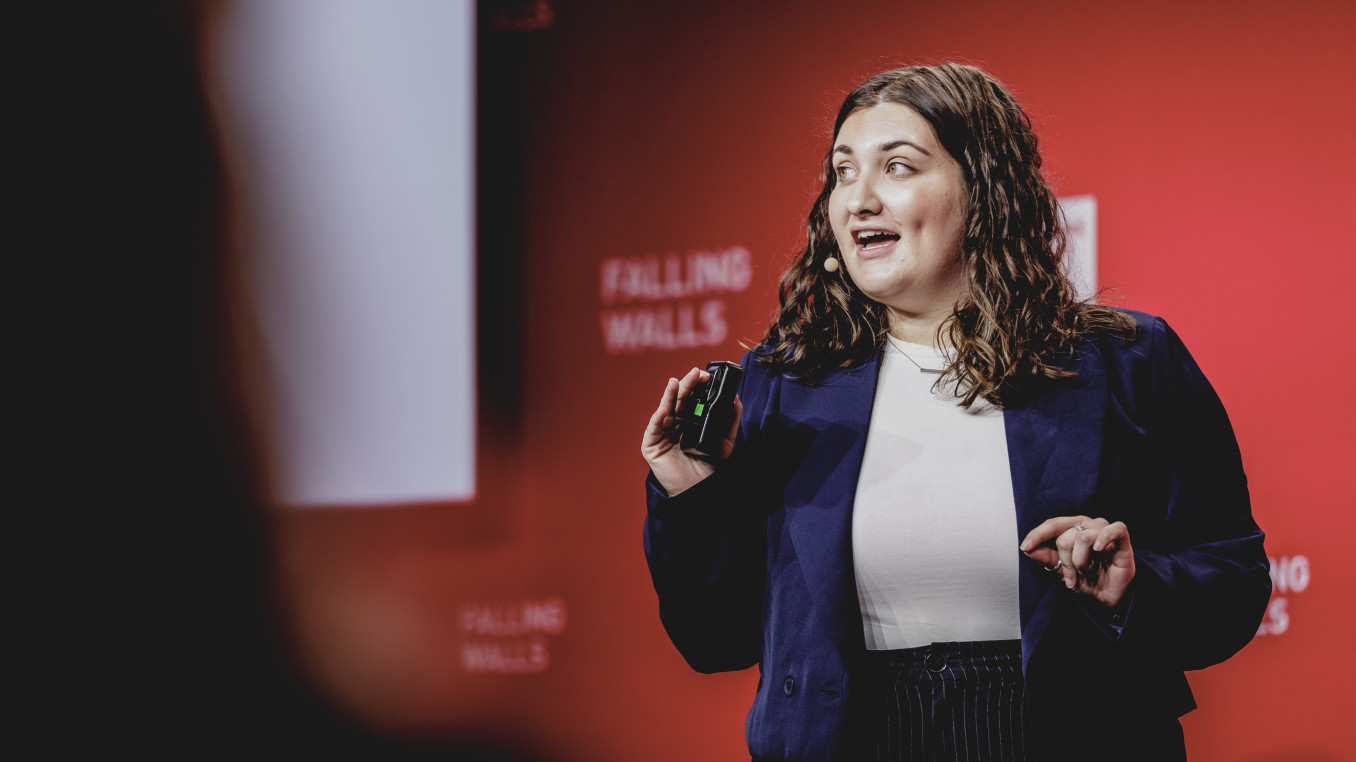Breaking the Wall of Clean Energy Chemistry
Breaking the Wall of Clean Energy Chemistry
Global Call 2025 Finalist Interview: Engineering and Technology
Professor Junwang Tang is the Director of the Industrial Catalysis Center and Chair Professor of Materials Chemistry and Catalysis at Tsinghua University, China. He earned his BSc in Chemistry with first-class honours from Northeastern University, followed by an MSc in Materials from the IMR and a PhD in Physical Chemistry from DICP. He was then appointed a JSPS Fellow at NIMS in Japan, a senior researcher at ICL, UK, and a faculty member at UCL in the UK. His research concentrates on chemical storage of renewable energy and development of sustainable chemical processes.
Which wall does your research or project break?
Sunlight, the most abundant clean energy source, offers immense potential for enabling a sustainable, low-carbon society. Traditional solar-driven fuel and chemical synthesis relies on UV or visible-light photocatalysis, yet this approach suffers from limited efficiency. Meanwhile, conventional thermal catalysis—essential for chemical and fuel production—typically requires energy-intensive high temperatures and/or pressures, posing environmental and economic challenges.
To address these limitations, Junwang Tang has pioneered the revolutionary concept of photon-phonon co-driven catalysis, which synergistically combines light and thermal energy to dramatically enhance catalytic performance. This breakthrough either boosts photocatalytic efficiency by orders of magnitude or reduces the required temperature for thermal catalysis by hundreds of degrees Celsius. By harnessing both photon (light) and phonon (heat) energy, this approach overcomes the inefficiencies of standalone photocatalysis while significantly lowering the energy demands of thermal processes.
This innovation opens new pathways for sustainable energy storage and green chemical synthesis, offering a transformative solution for renewable energy utilisation and carbon-neutral manufacturing. By drastically cutting energy consumption and improving reaction efficiency, photon-phonon co-driven catalysis paves the way for a more sustainable economy, aligning with global efforts to combat climate change and reduce reliance on fossil fuels.
Tang’s work represents a paradigm shift in catalysis, bridging the gap between solar energy conversion and industrial chemical production. With its potential to revolutionise renewable fuel synthesis and environmentally friendly manufacturing, this technology marks a critical step toward a cleaner, more sustainable future.
What is the main goal of your research or project?
Tang's pioneering research tackles two of humanity's most pressing challenges: the global energy crisis and environmental issues. His innovative photon-phonon co-driven catalysis represents a transformative approach that merges light and thermal energy to revolutionise chemical synthesis. This breakthrough technology enables the efficient conversion of abundant molecules like H₂O, N₂, CO₂ and CH₄ into clean fuels and valuable chemicals while dramatically reducing energy consumption and carbon emissions.
The process achieves what traditional methods cannot–it combines the advantages of photocatalysis and thermal catalysis while overcoming their individual barriers. By activating small molecules through synergistic photon-phonon interactions, it facilitates crucial reactions like water splitting for hydrogen production, nitrogen fixation for green ammonia synthesis and CO₂ or methane conversion to useful hydrocarbons. Importantly, this approach operates under significantly milder conditions than conventional thermal processes, slashing energy requirements by hundreds of degrees while maintaining exceptional efficiency.
Currently in its developmental phase, the technology has already demonstrated game-changing potential. Early results show order-of-magnitude improvements in reaction efficiency coupled with near-zero carbon emissions. The method's inherent scalability suggests it could soon transform industrial chemical production, offering a sustainable alternative to energy-intensive processes. For this reason, looking beyond the current progress being made, Tang also plans to transform this technology to be suitable for industrial application, providing a crucial pathway to decarbonise chemical manufacturing and establish circular carbon economies. This technology doesn't just improve existing processes–it redefines what's possible in sustainable chemistry, promising to accelerate the transition to a carbon-neutral future powered by sustainable energy.
What advice would you give to young scientists or students interested in pursuing a career in research, or to your younger self starting in science?
When talking with young scientists, Junwang Tang frequently draws inspiration from an ancient philosophical maxim:
"Observe celestial phenomena above, examine earthly patterns below."
This timeless wisdom embodies three fundamental requirements for scientific inquiry:
- First, it demands an honest and materialistic attitude–this old philosophical maxim was built entirely from objective observations of nature, emphasising absolute materialism over idealism as the cornerstone of research.
- Second, it calls for patience and perseverance–just as the natural phenomena recorded in old philosophical books required years of meticulous observation, meaningful scientific discoveries cannot be achieved through short-term projects but require dedication to long-term, rigorous investigation.
- Third, it advocates for broad-minded thinking and continuous learning–researchers must avoid intellectual isolation, maintaining openness to both theoretical concepts ("looking up") and practical observations ("looking down").
Tang particularly seeks researchers who combine:
- Independent yet collaborative thinking
- Critical analysis of both strengths and weaknesses in existing literature
- Unwavering curiosity that drives meaningful academic exchange
Beyond technical skills, he emphasises authentic passion as the indispensable spark for scientific longevity. In an era of rapid publication pressures, Tang champions depth over breadth–recognising that enduring contributions stem from patient, devoted inquiry rather than hurried productivity.
Overall, the above ancient wisdom aligns remarkably with modern research principles, reminding us that excellent scholarship combines rigorous methodology, enduring patience and boundless intellectual curiosity

